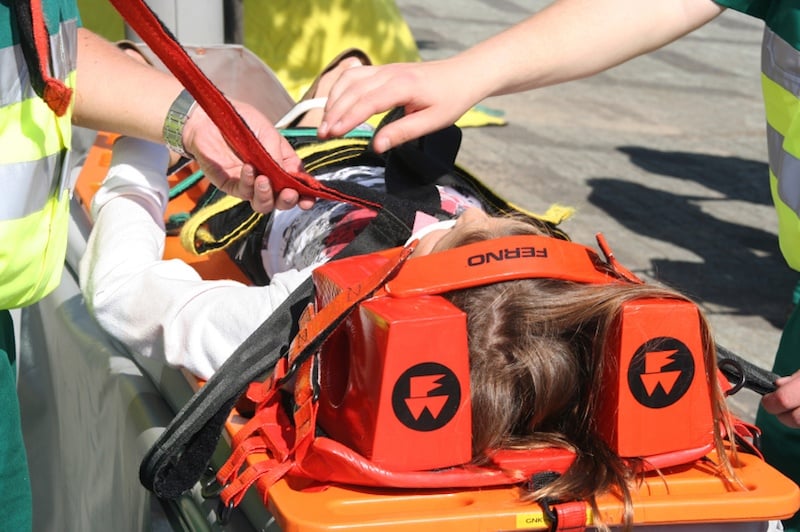
Pediatric emergencies are some of the most challenging calls to which paramedics respond. And when the emergency involves the respiratory system - whether medical, traumatic, or obstructive - literally every second counts. The first step in pediatric airway management is securing a clear passageway. Therefore, medical suction is a crucial link in the treatment chain. But clearing a child’s airway is not the same as clearing that of an adult. Smaller jaws, larger tongues, shorter necks, and more anterior tracheas dictate extra care when suctioning the pediatric airway and the equipment you choose makes a difference.
Criteria for Effective Portable Suction Devices
There are numerous airway adjuncts available to EMS responders, but unless you can clear the airway, the placement of such adjuncts can be difficult, if not impossible. A reliable and convenient portable suction device is a necessity; an integral part of every paramedic’s tool kit. Here are a few factors to consider when it comes to providing emergency suction in the field.
1. Portability
Pediatric emergencies can happen anywhere. Whether it’s a child having a seizure at home, a traumatic mishap while hiking in the woods, or a near drowning at a public pool, your suction device must be portable, lightweight, and easy to carry, no matter where your patient is located.
2. Control
Children are not tiny adults, therefore, your portable suction device should have a variable regulator that allows for adjustments in negative pressure. Simple controls that provide for easy adjustment of vacuum pressure will enable you to appropriately suction small children and prevent soft tissue injuries, especially in neonates.
3. Effectiveness
One of the most important components of a portable suction device is its suction tip, which must be small enough to maneuver within the tight confines of the pediatric airway, yet large enough to remove blood, tissue, and vomit. Having an assortment of appropriate suction tips on hand will enhance your effectiveness and allow you to choose the right tool for the job.
Special Considerations for Pediatric Respiratory Emergencies
Maintaining a patent airway in a pediatric patient is crucial and clearing the airway via effective medical suctioning is the first step in managing respiratory emergencies. But there are a few key factors to keep in mind when it comes to suctioning pediatric patients.
- Newborns and infants are typically obligate nose breathers, so don’t forget to suction the nasal passageways when treating the very young.
- The tongues of infants and children up to two years of age are disproportionately larger than those of adults and rest entirely within the oral cavity, posing not only a danger for obstruction, but requiring care during suctioning so as not to force them back into the oropharynx.
- Be careful when positioning the infant or child’s head for suctioning, since their larger skulls and shorter necks can produce crimping of the airway when they are placed in the supine position. Always pad the shoulders during treatment when trauma is not suspected.
The majority of cardiac arrests in children are the result of respiratory dysfunction, so clearing the airway and maintaining its patency is priority one in pediatric emergencies. Efficient and effective medical suctioning is key to a patent airway, so be sure you have the right portable suction device on hand to meet the needs of your smallest patients.














